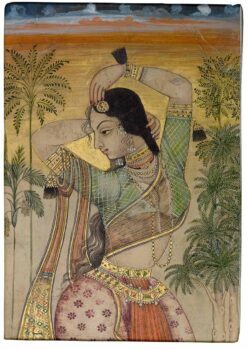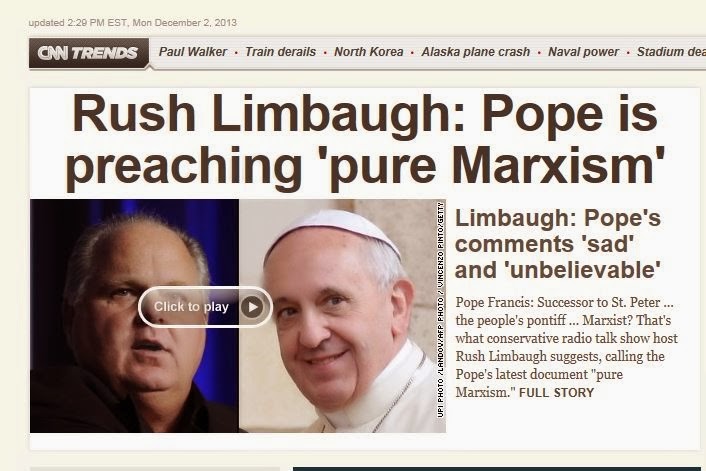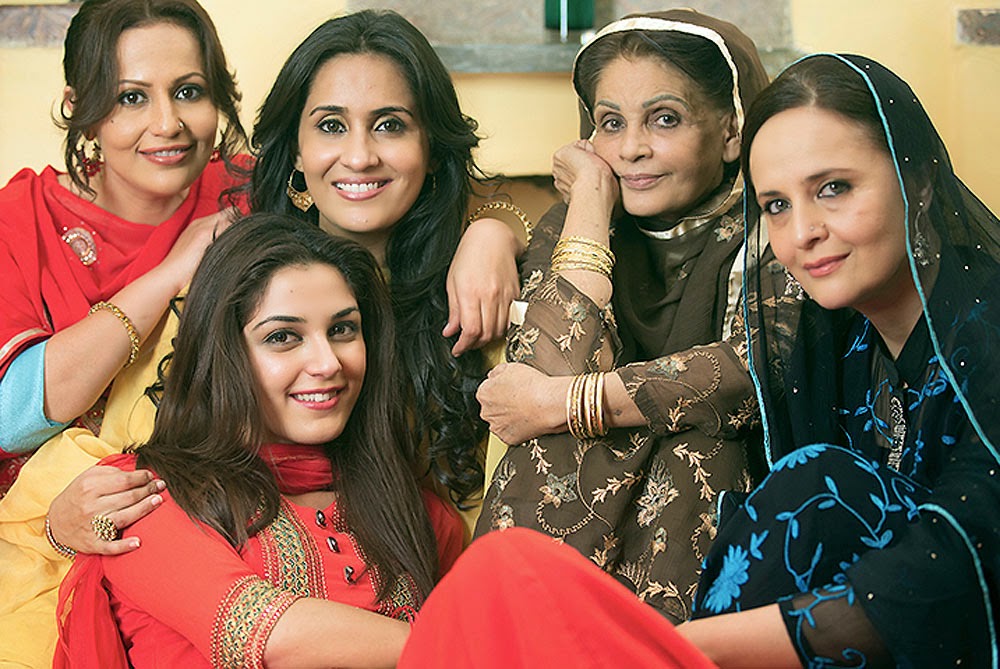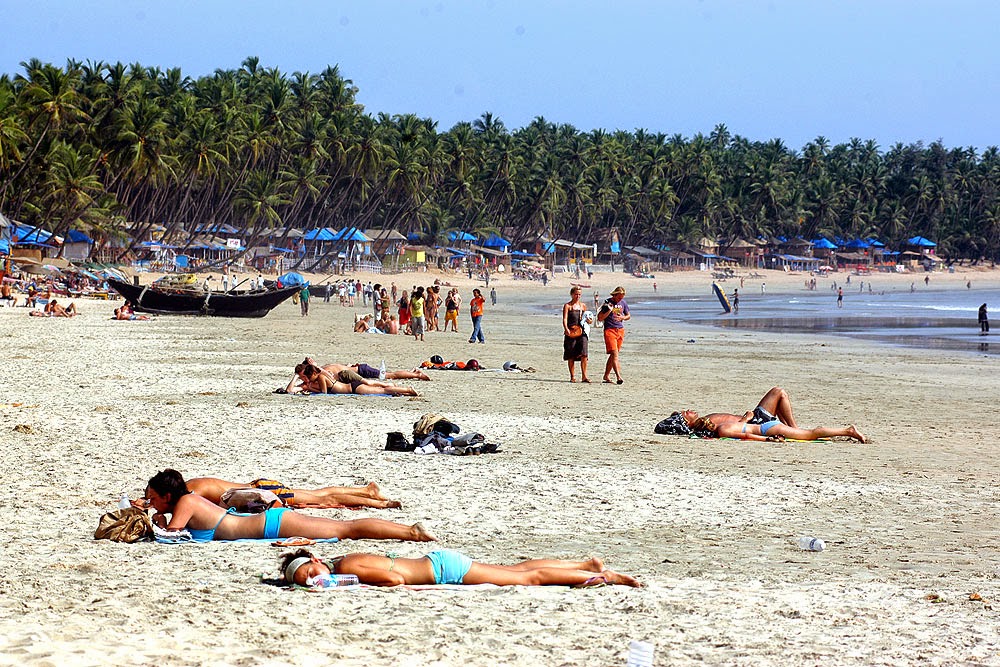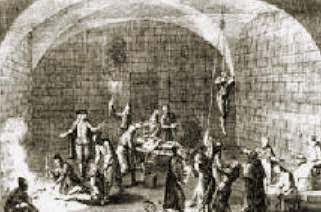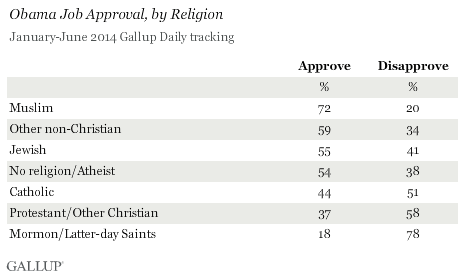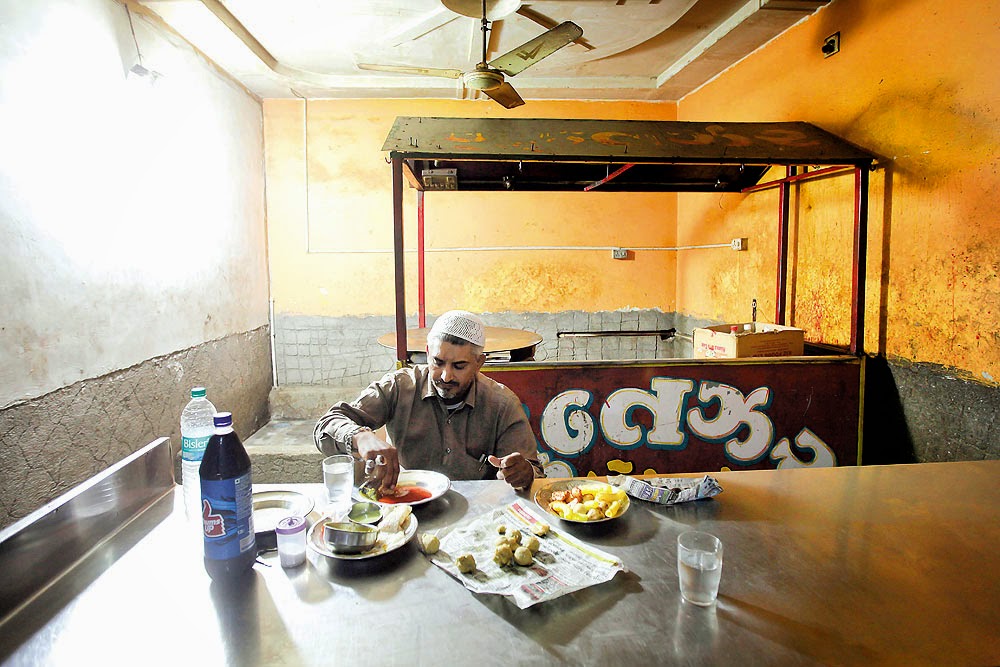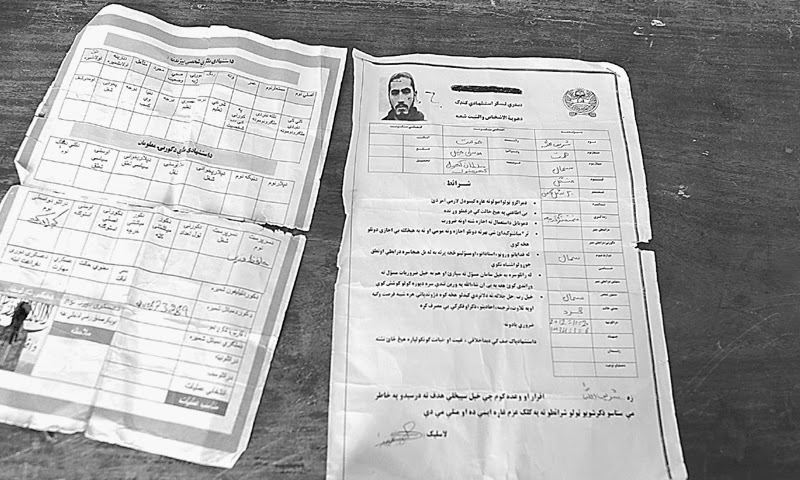included…..a worship act to spirit beings other than
the God of the Bible….A faithful
Christian can no more say they are practicing yoga for Jesus than….committing adultery for Jesus…..
…….
Not just Yoga, but also on the dislike list are…Tai Chi and Reiki. Even pilates may not be quite kosher (see below). However only Yoga is considered demonic (for a very long, detailed explanation see link below).
Best quotation from the comments: They banned yoga from the Church Hall. Then they figured out they need the money so they withdrew the ban….not quite the impact of ye olde England pubs being converted into Muslim prayer halls but still, a living, breathing example of demonic powers….
As far as Catholics are concerned, the current Pope seems to see nothing amiss with Marxism, which actually disparages religion as opium of the masses and which has a lived record of persecuting Christians (in China and elsewhere) much more than Hindus-Buddhists have ever done.
Finally, we are not sure of how spiritual “yoga in the nude” actually is, but we recommend it strongly.
……..
are “unsavoury activities” that could endanger their souls.
And before
there are any disparaging remarks about Donegal’s slogan being “Up here it’s different”, it should be noted that a Catholic priest in Southampton banned yoga from his church hall in 2012 because it was advertised as “spiritual”; and there is even a US pastor willing to say something extreme, outlandish and bigoted on the subject, with one spluttering, in 2010, that yoga is “demonic”.
Much
of this criticism stems from the fact that yoga has its roots in
Hinduism and Buddhism. But as anyone who has tried yoga a handful of
times knows (and it is mostly only ever a handful of times – first as a
new year’s resolution, then because you’ve spent money on the mat, and
finally, well, it’s been at least a year since you tried …), the yoga
practised in the church halls of this country comes as close to Hinduism
as your head is to your backside when you’re in an “upward facing dog”.
………..
Instructor Cori Withell from Hampshire said her yoga and
pilates classes at St Edmund’s Church building in Southampton were
cancelled with 10 days to go.
Father John Chandler said that the hall had to be used for
Catholic activities, and he banned it because it was advertised as
“spiritual yoga”.
Ms Withell, 37, said it “seemed terribly petty to cancel the classes”.
The ban is not Catholic Church policy and decisions are left to the discretion of individual priests.
………….
There is nothing wrong with stretching, exercising, or regulating
one’s stress through breathing. But when the tenets of yoga are
included, it’s by definition a worship act to spirit beings other than
the God of the Bible.
By way of analogy, there is nothing inherently
wrong with intimacy, sex, and pleasure. But when the tenets of adultery
are included, it’s a sinfully idolatrous worship act. A faithful
Christian can no more say they are practicing yoga for Jesus than they
can say they are committing adultery for Jesus.
A little over a year ago, I said yoga was demonic. My stance hasn’t
changed since then, but I thought I’d take this opportunity to provide a
much fuller and comprehensive teaching on what yoga is and why it is in
fact demonic.
By demonic I mean it’s a spiritual act to a being other
than the God of the Bible. And, for those unfamiliar with me, I’m no
raging Christian fundamentalist. My most vocal critics tend to be from
the fundamentalist tribe as I do drink alcohol, have been known to use
strong language, and talk very frankly about the joys of married sex.
I’m no prude, but I am a pastor.
Giving sound teaching on yoga is important because there is
increasing adoption of yoga by our culture, with over 15.8 million
people practicing yoga and nearly every store you go into selling all
kinds of yoga products.
It’s gone mainstream. As such, Christians are
also adopting it as a healthy aspect of exercise and lifestyle—complete
with things like “Holy Yoga,” which is an oxymoron.
Saying yoga can be
Christian because you do it for Jesus is a bit like going into a mosque,
going through the worship practices, and then saying you’re not a
Muslim because you’re doing it for Jesus. They don’t mix.
When looking at the acceptance of yoga in the Christian church, I
find that there are two issues at hand: (1) People simply don’t
understand what yoga is, its roots, and its tenets; or (2) People think
that they can engage in yoga because it’s just stretching, while
ignoring the religious aspects of the practice of yoga.
As one woman who identified herself as a mainline Protestant said in
an article about my comments a year ago, “Here we go again with
fear-based, black-and-white thinking. . . . It’s not fair to say yoga is
demonic. In fact, I find it insulting. There are many ways to grow
spiritually.” To this I would reply, “No. There are not many ways to
grow spiritually. There is one way, which is through the power of the
Holy Spirit provided through Jesus’ death and resurrection on the cross,
as part of God the Father’s plan for salvation.”
Comments like this
woman’s are the exact reason why it’s important to explore what yoga
really is and what it teaches, and to understand that the spiritual
elements of yoga make their way into our life and culture in ways we
don’t necessarily see overtly.
In this lengthy post, I’ll define what yoga is, give a history of
yoga, talk about the various forms of yoga, and take a look at yoga
through the “receive, reject, or redeem” matrix that I commonly use.
…………..
Link (2): http://www.bbc.com/news/uk-england-hampshire-19729211
Link (3): http://pastormark.tv/2011/11/02/christian-yoga-its-a-stretch
……..
regards
